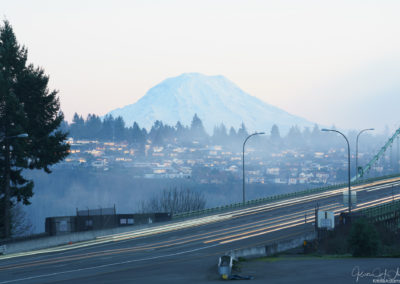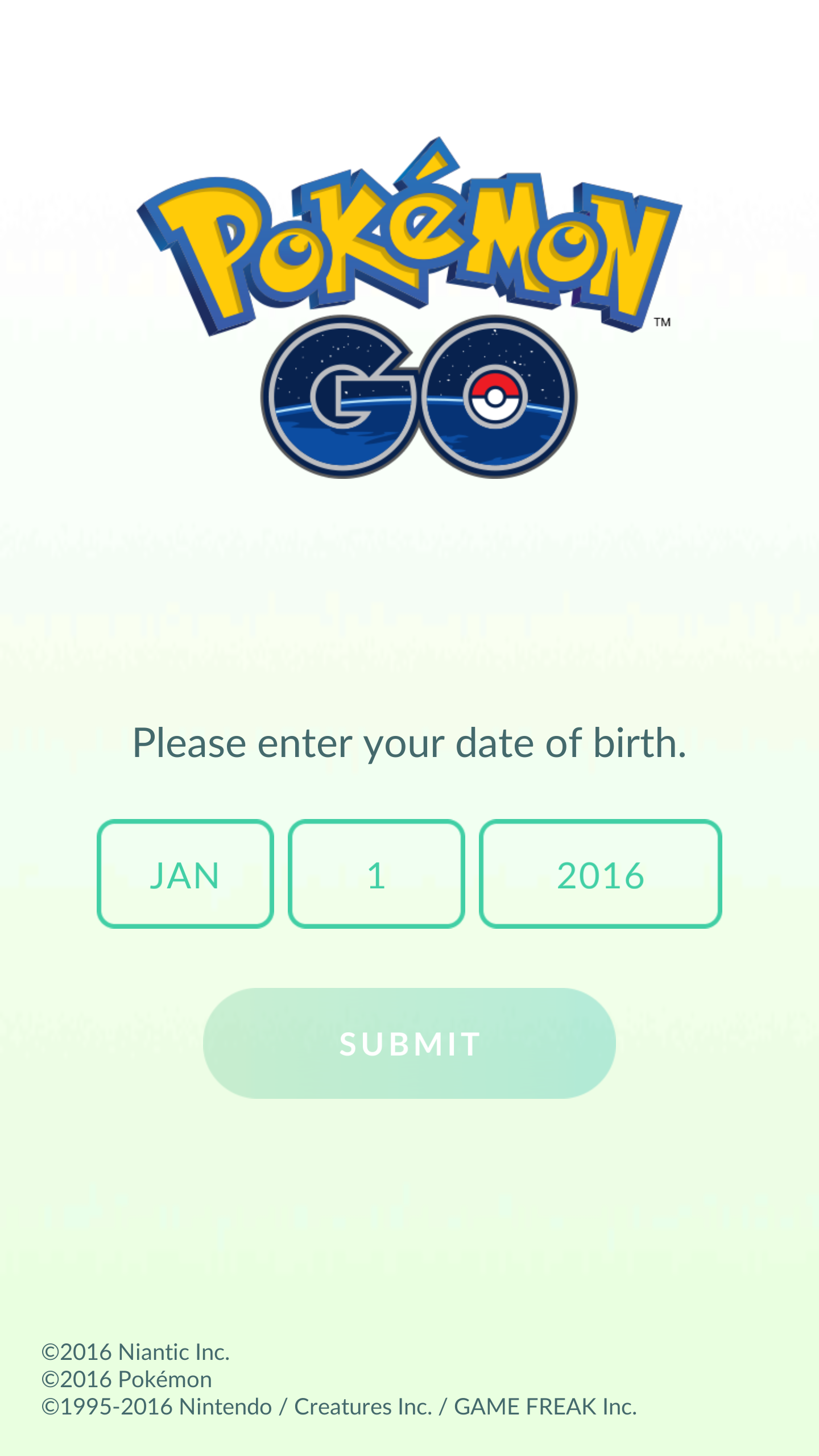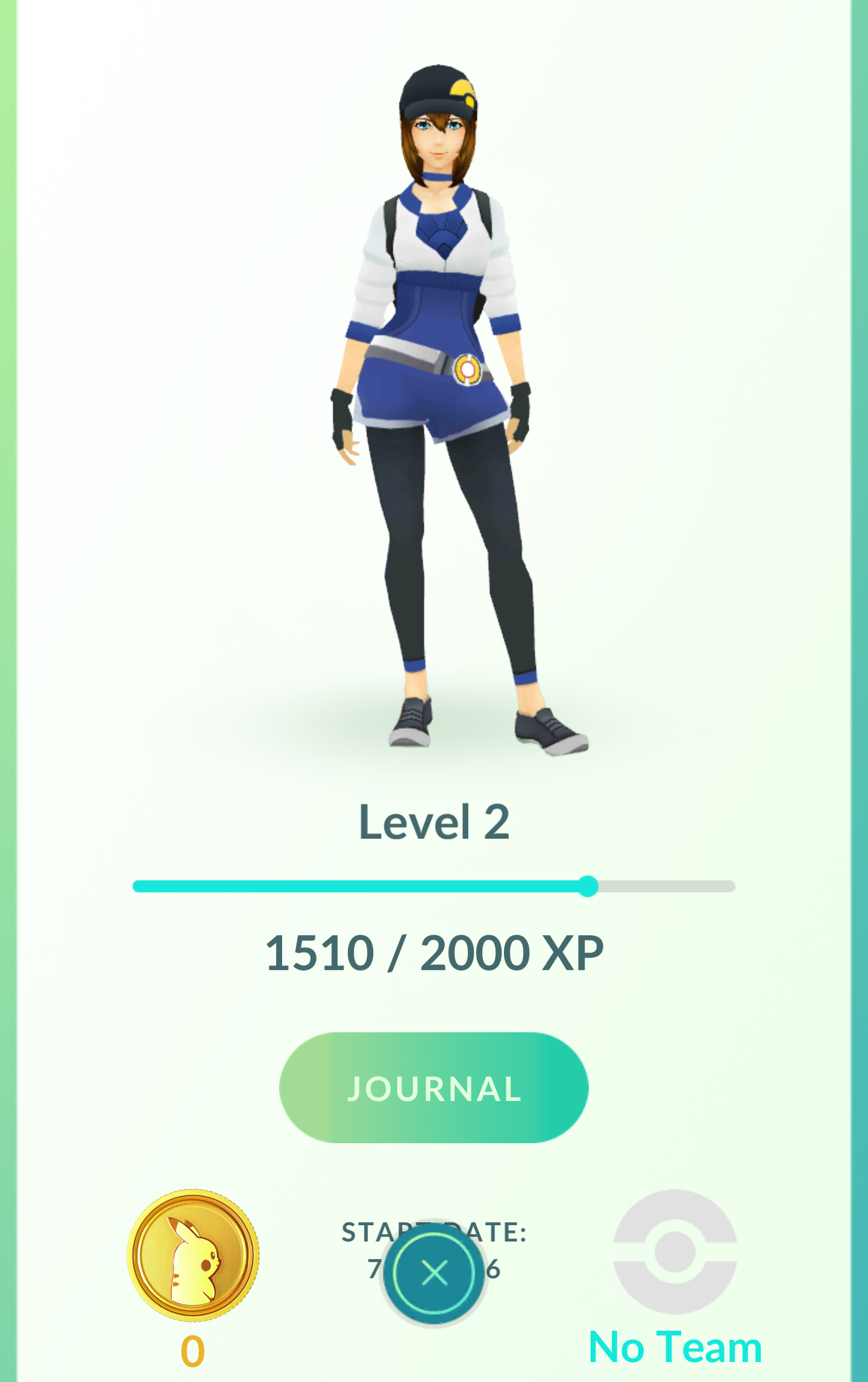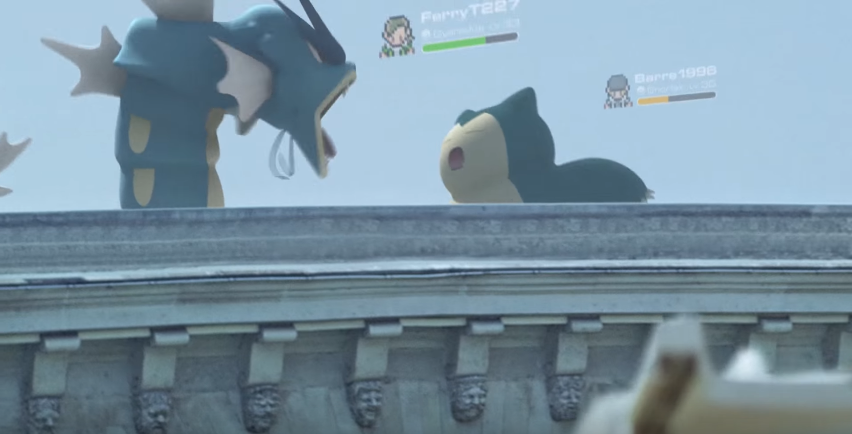
Finding My Groove Again
Being at this location is always a chilling one. It’s January and we just experienced some of the coldest weather here in the PNW in several years. The snow and ice finally melted for us but left our mountains absolutely gleaming! These are the nights you prepare your warmest coat, make sure your batteries are fully charged, and prepare for a cold couple of hours. This time I was running to beat the sunset (not too unusual for me), and thankfully I had already packed up my camera with the correct filters and SD cards.
I’m running through possible locations as I realized I wouldn’t make it in time to the one I was planning on. Shoot! Well I knew of this location and it’s been some time since I’d gone. Let’s go for it and see what happens. It’s always extra cold here. The cars rush by relentlessly. If you’ve ever walked the Cushman trail or walked across the Tacoma Narrows Bridge you’ll understand. Add in the cold weather and it’s not a place I want to spend a ton of time, but this sunset was too perfect and I settled in.
I’ll admit, I’m out of practice taking photos. Two years of grad school and a pandemic will do that to you. This is another reason why this outing was so important to me. I saw the fog rolling through and I thought to myself, this time it’s a bit different. I watched the light change and was reminded why I love to do this. Cherishing every moment and finding the uniqueness of each one. I took photo after photo and got back into the groove. Sunset’s never last long enough, but that’s why they are so fun to catch. You never quite know what to expect.
These are my favorites: (click on one to make them bigger)









